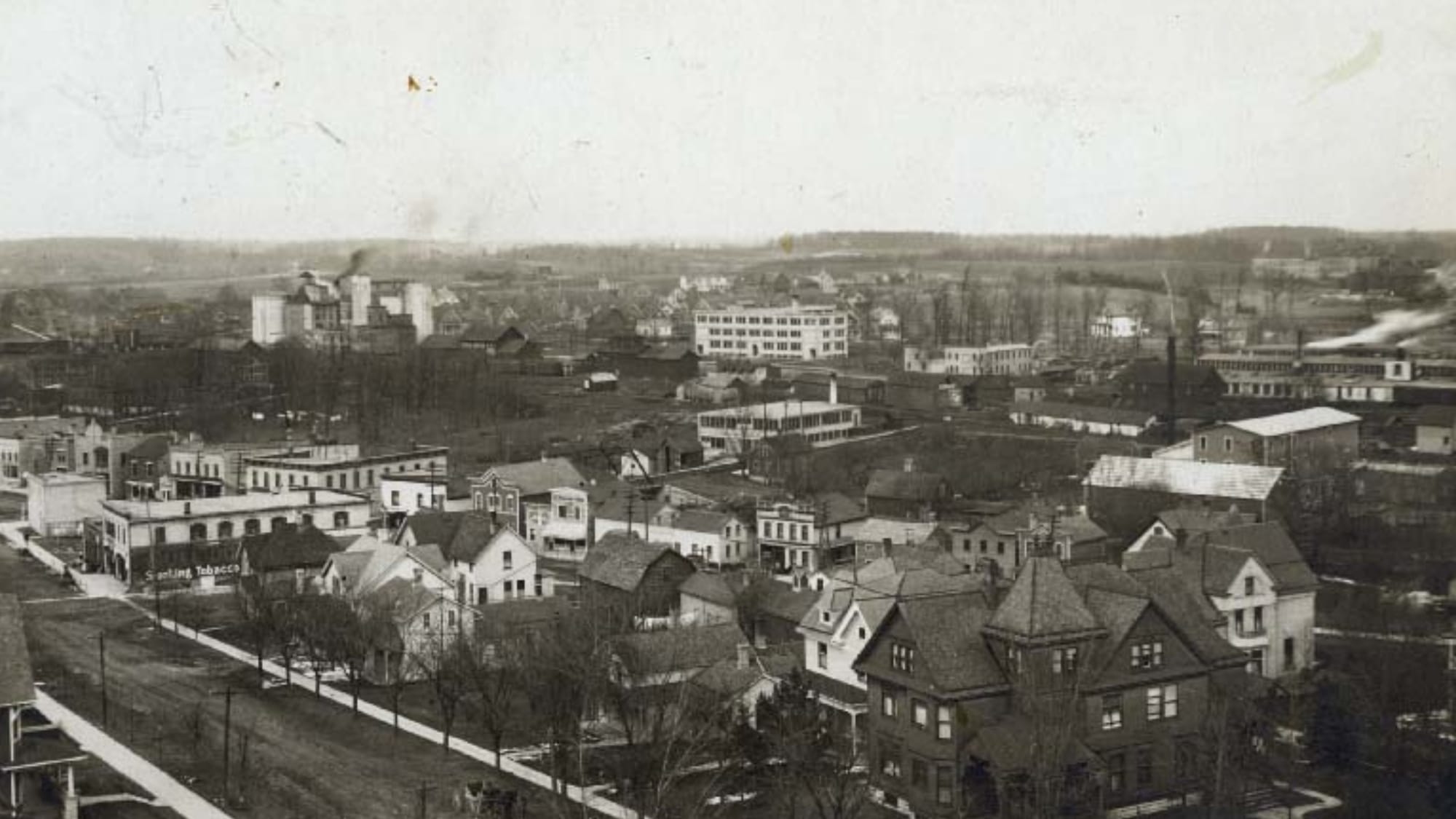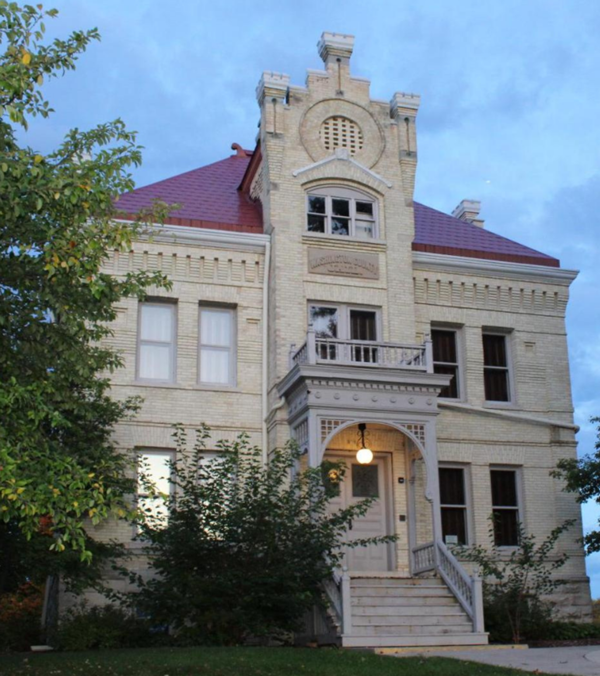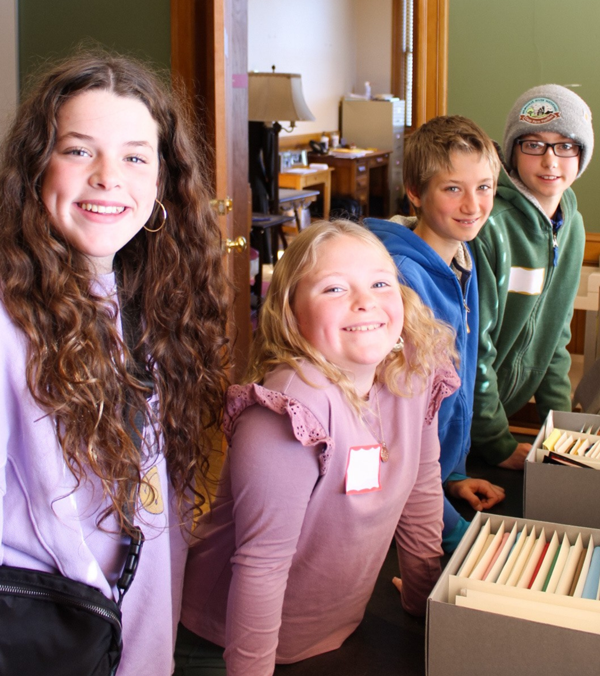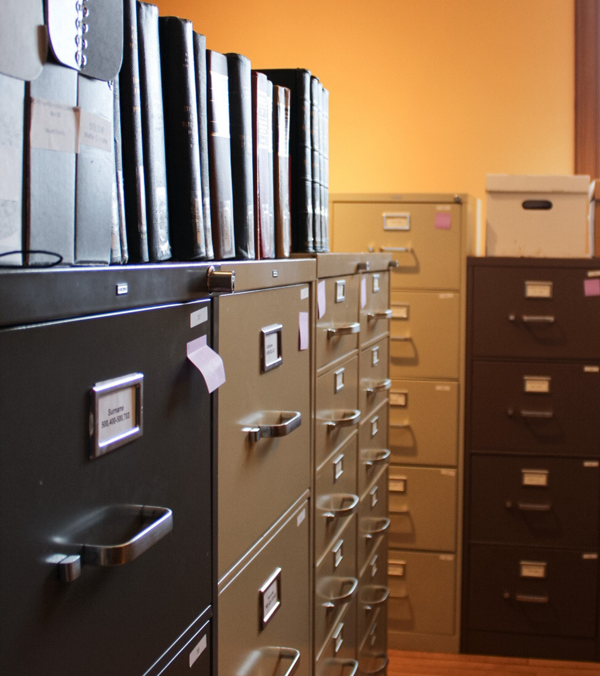A Victorian Washington County Christmas Told Through Newspaper Clippings
And above all the bustle, you'll read... Take a leisurely "scroll" through a time when communication
7 Historic Photos of Washington County During the Holidays
Before twinkling lights illuminated downtowns and inflatable Frostys ornamented front lawns, Christmas in Washington County looked very different.
While some
Spring Homeschool: 250 Years of American History
Take a hands-on journey through 250 years of history! This engaging homeschool series brings history to life through storytelling, interactive
5 Snowy Winter Stories from Washington County's Early History
Washington County winters have always been full of grit, creativity, and unforgettable stories. From mail delivery on skis to the
The History of The Bend Theater: West Bend’s Art Deco Movie Palace
In the center of West Bend's historic downtown stands one of the city's most iconic landmarks
How Washington County Helped Build Wisconsin’s Dairy Legacy
In early Washington County, dairy was considered the greatest agricultural resource, and fittingly, Wisconsin was the greatest producer of dairy










